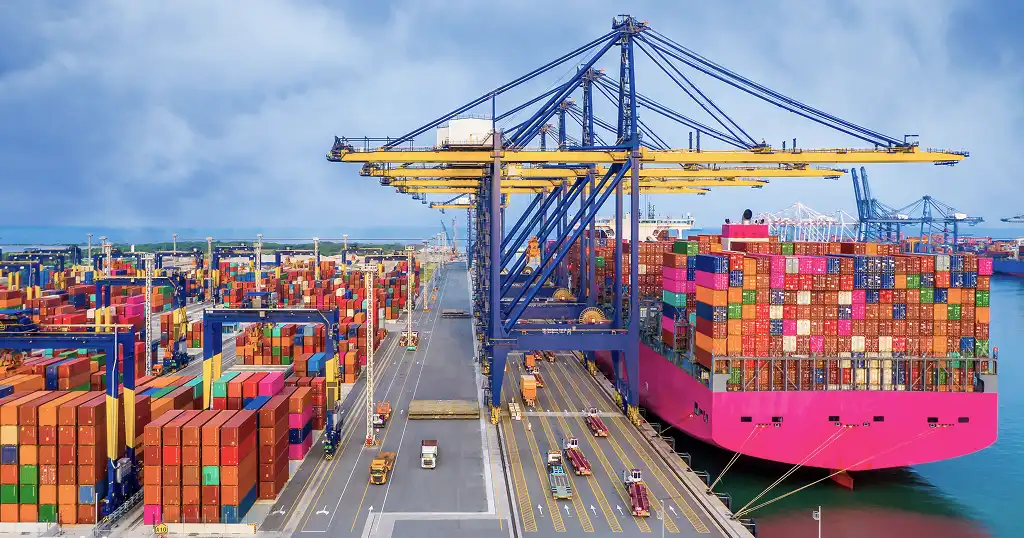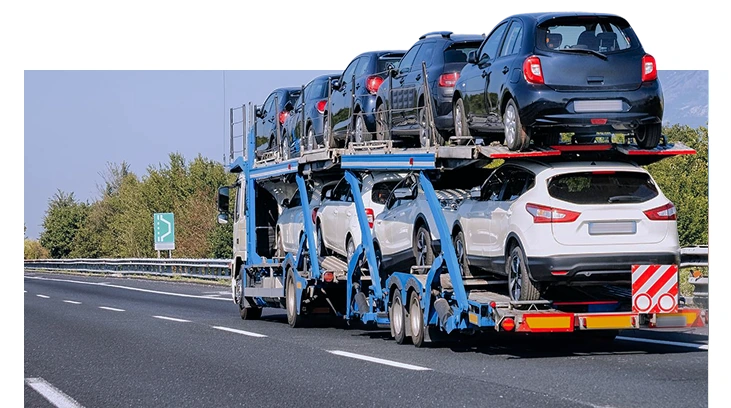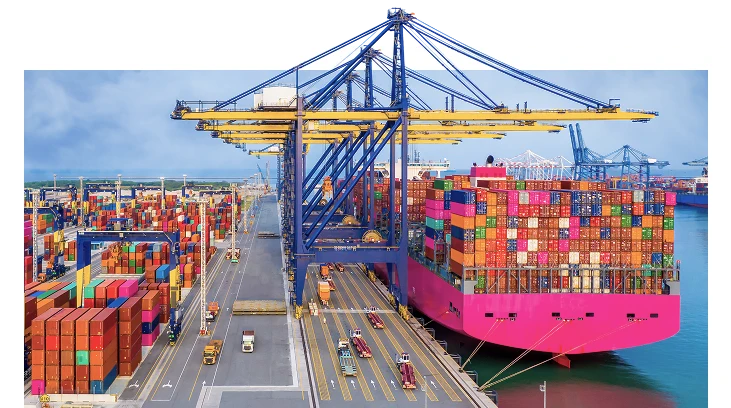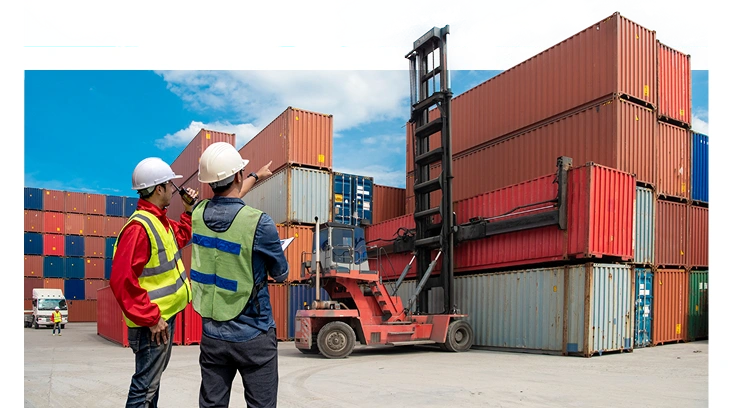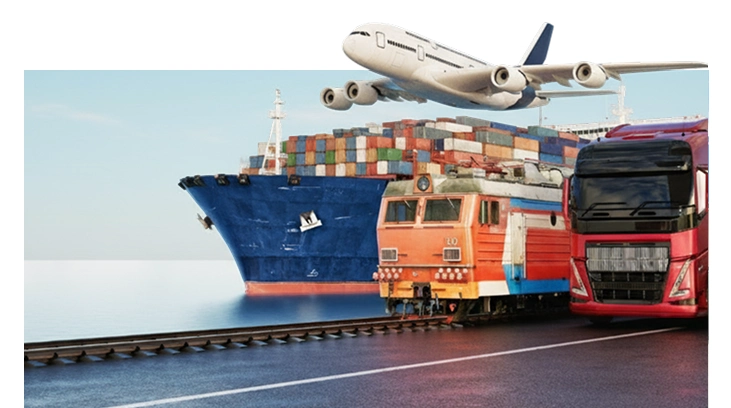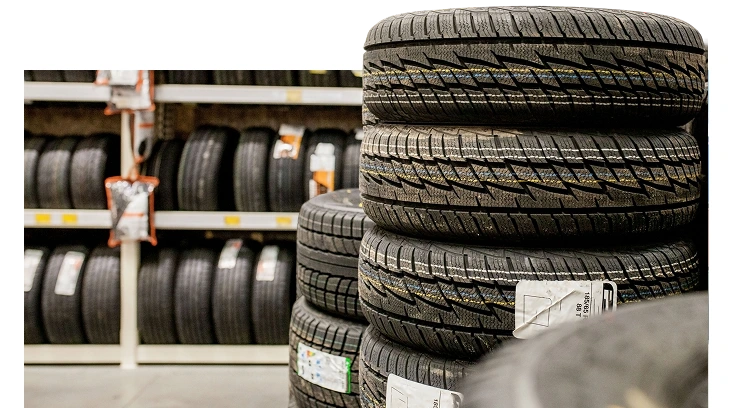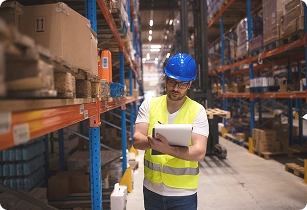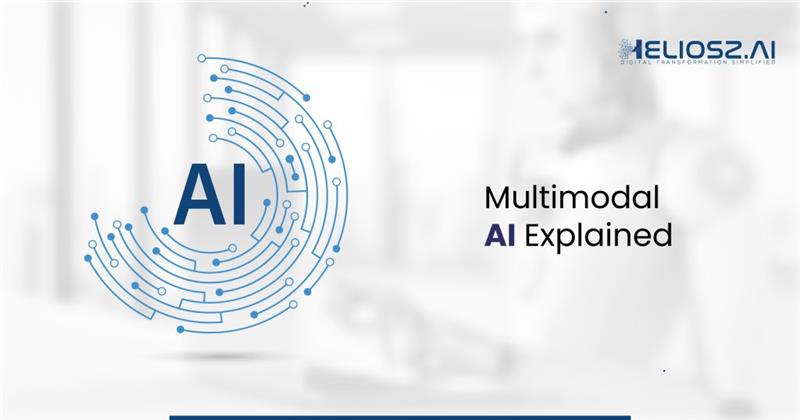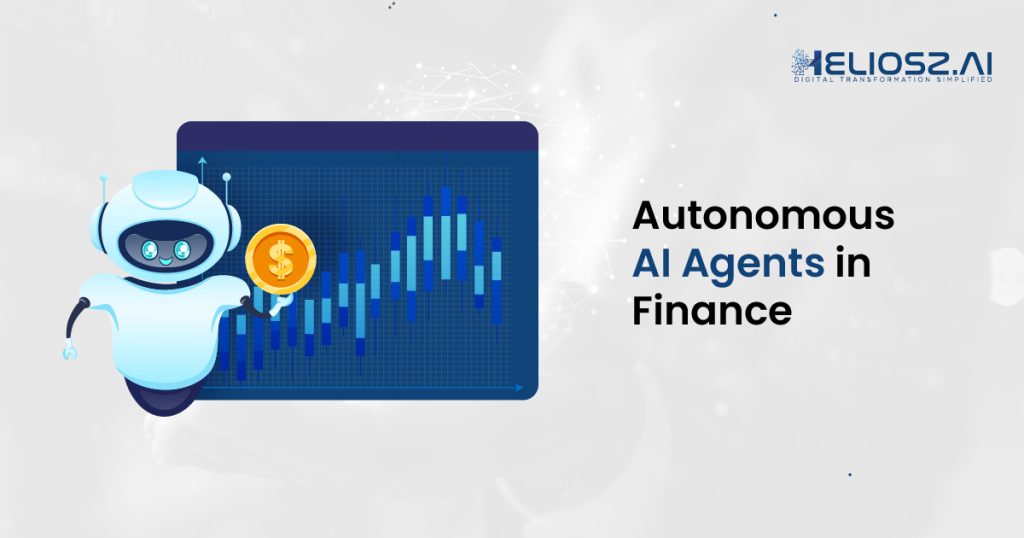Smarter, Safer, and More Efficient Transportation with AI
The transportation industry is evolving rapidly, demanding data-backed decisions for fleet management, routing, and passenger experiences. Heliosz.AI designs AI-powered ecosystems that enable real-time visibility, predictive maintenance, and route optimization to enhance service reliability and profitability.
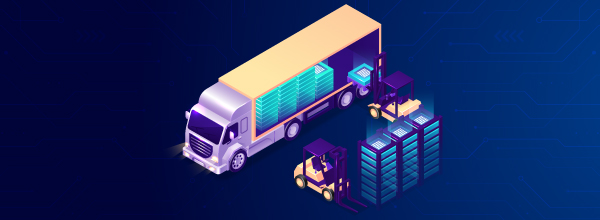
Freight and fleet operations are the lifeline of transportation businesses, but inefficiencies can lead to rising costs and missed SLAs. Using advanced analytics and AI, transportation leaders can optimize vehicle routing, reduce idle time, and streamline load distribution. Real-time data enables dynamic route planning and improved fuel efficiency, while AI models help maximize fleet capacity, reduce emissions, and cut delivery times without compromising customer expectations.
Use traffic, demand, and weather data to dynamically optimize routes, cutting fuel use and improving delivery accuracy.
Distribute loads intelligently across fleets to improve asset use and reduce empty miles and late deliveries.
Analyze vehicle usage, idle times, and turnaround data to increase ROI and optimize performance.
Track fuel consumption and driver behavior to uncover savings and improve environmental efficiency.
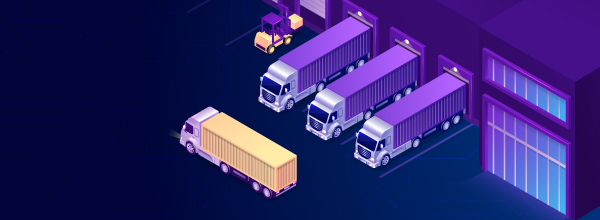
Maintenance costs and unscheduled downtime significantly affect transportation efficiency. Predictive analytics enables early detection of vehicle wear and tear by leveraging sensor data and historical performance metrics. Maintenance can then be scheduled proactively to reduce breakdowns, extend vehicle life, and minimize delays. With condition-based alerts and data-driven diagnostics, organizations move from reactive repairs to preventive and predictive maintenance models.
Leverage sensor data to monitor vehicle health and detect issues before they disrupt logistics.
Use past data to identify failure patterns and improve repair accuracy and preventive maintenance.
Align service schedules with usage trends to reduce downtime and extend asset life.
Predict part needs using usage data to reduce stockouts and improve maintenance planning.

Disconnected systems and siloed operations limit the ability to respond quickly to disruptions. Operational intelligence helps logistics teams gain unified visibility across the full transportation network—warehousing, shipment, distribution, and final delivery. With real-time dashboards and automated alerts, businesses can detect anomalies, analyze performance KPIs, and make faster decisions. This improves service levels, operational efficiency, and cost control across the supply chain.
Get real-time visibility into vehicles, shipments, and warehouses through centralized dashboards.
Spot and resolve chokepoints across operations to minimize delays and boost efficiency.
Detect and respond to operational anomalies early with automated AI-driven alerts.
Track transport metrics like SLA adherence and productivity to enable continuous improvement.

Customers expect fast, transparent, and reliable delivery, making logistics performance critical to business success. Data analytics allows logistics teams to track customer satisfaction, measure delivery KPIs, and streamline communication across touchpoints. From real-time updates to reverse logistics, analytics supports end-to-end visibility and efficiency. It helps identify service gaps, improve resolution times, and tailor delivery experiences—turning logistics operations into a key driver of retention and loyalty.
Measure delivery timeliness and flag SLA breaches to ensure consistent service levels.
Analyze feedback to reveal delivery pain points and improve service experiences.
Use route clustering and dispatch tools to enhance last-mile speed and reliability.
Streamline returns and failed deliveries to reduce cost and recover assets faster.

Unpredictable demand and supply chain disruptions require precise forecasting and planning in transportation. Advanced analytics predicts freight volume, peak demand periods, and warehouse activity to enhance operational efficiency. Data-driven insights improve network design, distribution strategies, and capacity planning, ensuring optimized fleet utilization, lower shipment costs, and consistent service performance. These predictive capabilities enable companies to adapt proactively to demand shifts and avoid costly inefficiencies.
Predict future freight needs using market trends and seasonal demand fluctuations.
Match resources to demand forecasts to avoid underuse or overstaffing issues.
Test different demand and disruption scenarios to sharpen planning accuracy.
Refine logistics networks with models that improve warehouse and route efficiency.
Precision-driven solutions to accelerate logistics intelligence and freight optimization


























